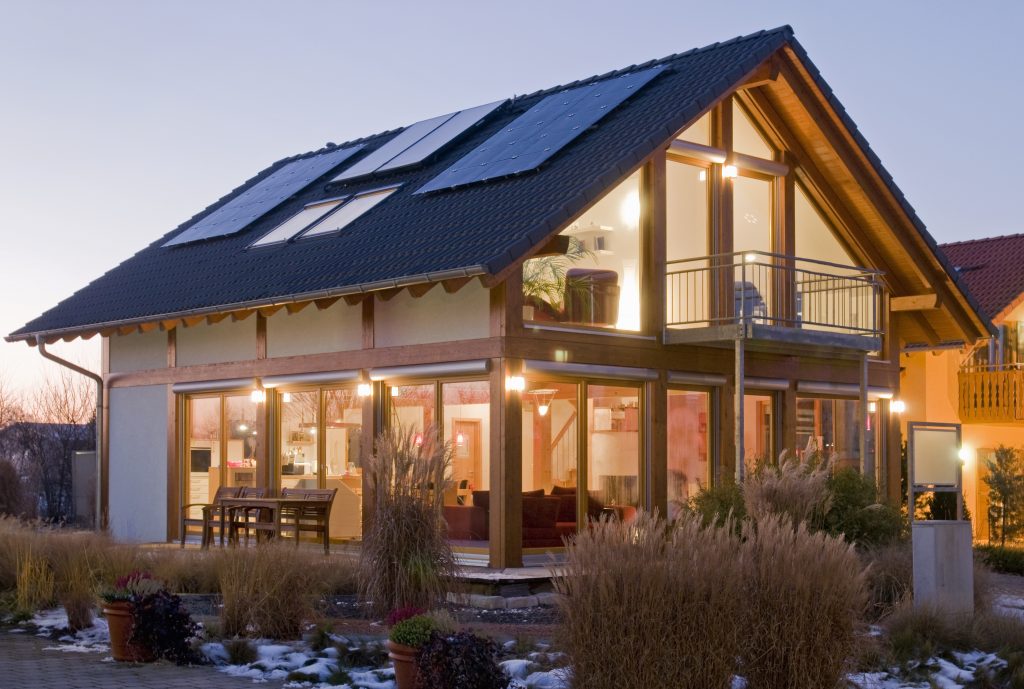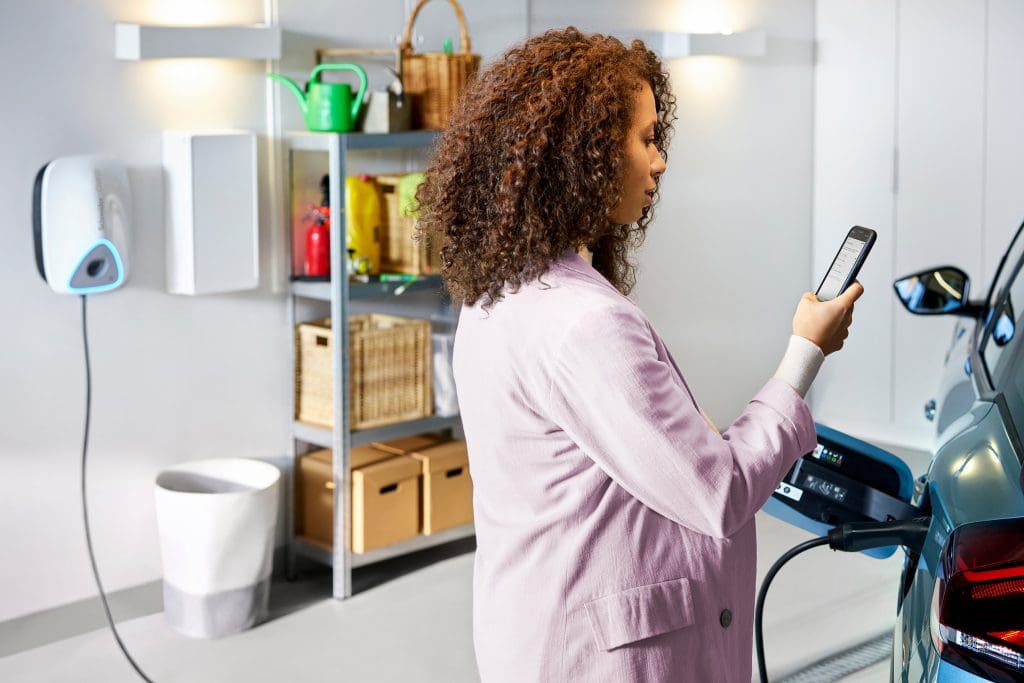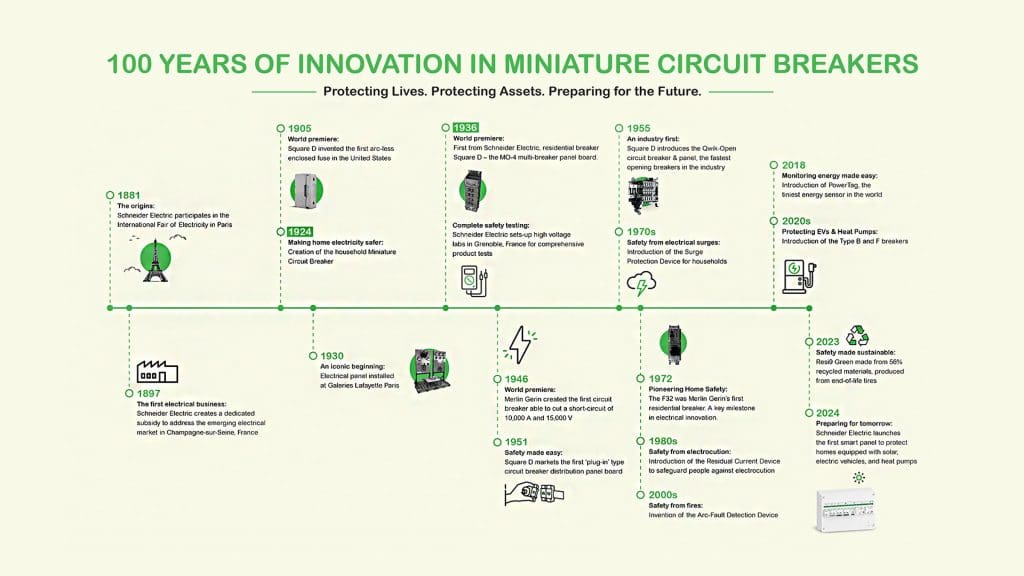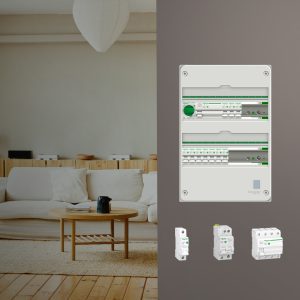In an era where our homes are increasingly powered by a multitude of electronic devices, one crucial component often goes unnoticed: the electrical panel. This unassuming device, tucked away in basements and utility closets, is undergoing a revolutionary transformation that promises to reshape how we manage and consume energy in our homes. Let’s explore the evolving role of electrical panels and its significance in the new energy landscape.

The electrification of modern homes
Our daily lives are now intrinsically linked to electronic devices. From smart alarms that gently wake us up to electric vehicles charging in our garages, electricity powers nearly every aspect of our existence. This massive electrification of homes is not just a matter of convenience; it’s a crucial step towards a more sustainable future.
By transitioning to electric-powered devices and appliances, we’re making a significant impact on reducing global CO2 emissions.
Homes currently account for approximately 20% of global carbon emissions, but as we shift towards renewable energy sources, electricity becomes an increasingly clean and efficient power source.
Overload hazards: The danger of adding new electrical loads
When considering the addition of new electrical sources or extra loads to an existing system, it’s crucial to be aware of the potential risk of overload. As we introduce more devices, appliances, or power sources to our electrical infrastructure, we incrementally increase the demand for the system. This heightened demand can push the home electrical panel closer to its capacity limits, potentially leading to overloads if not properly managed.
Overloads occur when the electrical current exceeds the safe carrying capacity of the wires and components, resulting in overheating, damage to equipment, and in severe cases, electrical fires. Therefore, it’s essential to carefully assess the existing system’s capacity, consult with qualified electricians, and implement necessary upgrades or load balancing measures when expanding our electrical usage to ensure safety and reliability.
The emergence of the new energy landscape
As our reliance on electricity grows, we’re witnessing the dawn of a new energy paradigm. This New Energy Landscape is characterized by:
- Solar panels adorning rooftops
- Electric vehicles parked in driveways
- Heat pumps replacing traditional HVAC systems
- Smart home devices optimizing energy usage

These innovations are fundamentally changing how we consume and interact with energy in our homes. At the center of this transformation lies a device that has been quietly evolving alongside our changing energy needs: the electrical panel.
The electrical panel: The unsung hero of home energy
Often overlooked, the electrical panel serves as the critical hub where electricity enters our homes from various sources and is safely distributed throughout. Its role has expanded dramatically over the years:
- Initially, it primarily protected our lives from electrical hazards.
- Today, it safeguards not only our lives but also our valuable electronic devices and appliances.
- It manages the increasing complexity of our home energy systems, including renewable sources and energy storage.
The electrical panel has truly become the brain of our homes, orchestrating the flow of power to meet our ever-growing energy demands.
A new era for the electrical panel
As we embrace the New Energy Landscape, the electrical panel is poised for its next evolution. Innovations in this space promise to make our homes:
- Safer: Advanced protection mechanisms to prevent electrical accidents
- More efficient: Smart load management to optimize energy consumption
- More sustainable: Seamless integration with renewable energy sources and storage systems
These advancements will play a crucial role in helping homeowners navigate the complexities of modern energy management, from balancing grid demand to maximizing the use of self-generated power.
This year marks a momentous milestone in the realm of electrical safety as we celebrate 100 years of the Miniature Circuit Breaker. Schneider Electric has been at the forefront of this revolution, significantly enhancing electrical safety in households. The company reached a major milestone in 1936 with the launch of its first residential breaker, followed by another groundbreaking achievement in 1951 when it introduced the first plug-in type circuit breaker distribution panel board under its renowned Square D brand. These innovations have played a crucial role in shaping modern electrical safety standards. To truly appreciate the magnitude of this journey, one can delve into the archives of history, exploring Schneider Electric’s remarkable path in advancing electrical safety over the past century.

Understanding your home’s energy hub
Despite its importance, many homeowners remain unaware of the critical functions their electrical panel performs. It’s not just a box full of circuit breakers; it’s a sophisticated system that:
- Distributes power safely throughout your home
- Protects against overloads and short circuits
- Enables the integration of new technologies like solar panels and EV chargers
- Provides a central point for monitoring and managing energy consumption, as well as controlling all electrical loads
As we move towards a more electrified and sustainable future, understanding and appreciating the role of the electrical panel becomes increasingly important.
Embracing the future of home energy
The humble electrical panel, long taken for granted, is emerging as a linchpin in the transition to a cleaner, more efficient energy future. As homeowners, we have the opportunity to embrace these innovations, making our homes safer, more sustainable, and better equipped to handle the energy demands of tomorrow.
By recognizing the importance of electrical panels and staying informed about advancements in home energy management, we can play an active role in shaping a more sustainable future – one home at a time.




Add a comment